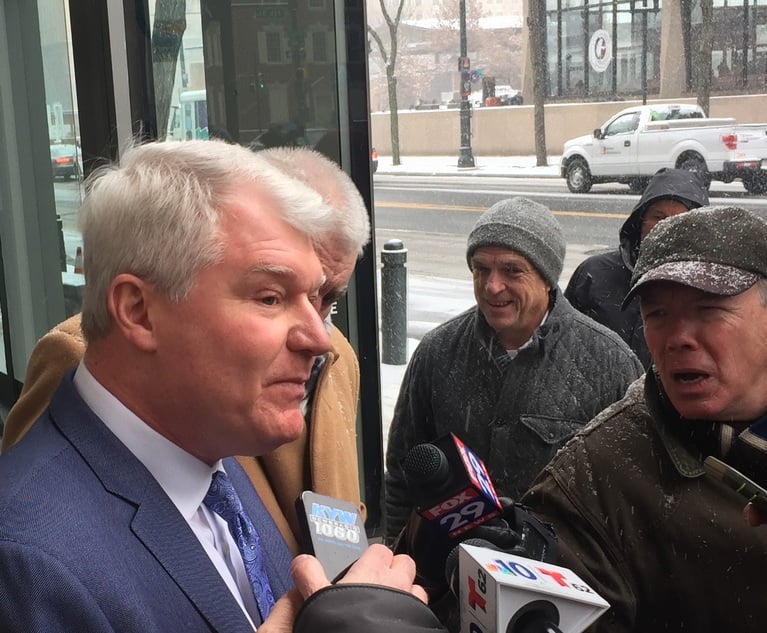Graduation caps are soaring across the United States, as millions of college students complete their studies and prepare to enter the workforce. For international students studying in the United States, there is a palpable uncertainty about the future, as the immigration landscape has become incredibly daunting and highly restrictive. Determining the best course of action has always been a challenge, but with the U.S. Citizenship & Immigration Services (USCIS) issuing substantially more case challenges and denials, it is even more incumbent upon students to assess their options and determine the most opportune path to securing coveted work authorization in the United States.
A student on a typical F-1 visa can obtain authorization to work for one-year after graduation pursuant to optional practical training (OPT). Those students working in a STEM field are also currently eligible to obtain an additional 24 months of work authorization, although the Trump administration is expected to propose regulations eliminating the ability to obtain this extension. Upon completion of OPT, the student is also afforded a 60-day grace period, during which they are eligible to apply for a change of status. However, practically speaking, both employers and students should be assessing post OPT options as soon as possible.


 Andrew J. Zeltner, Klasko Immigration Law Partners
Andrew J. Zeltner, Klasko Immigration Law Partners




